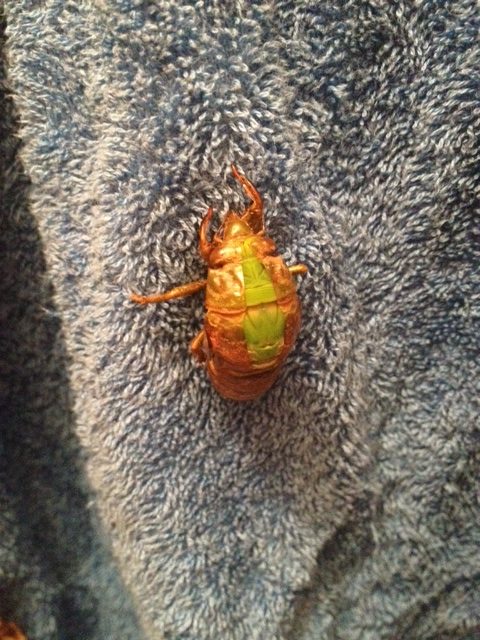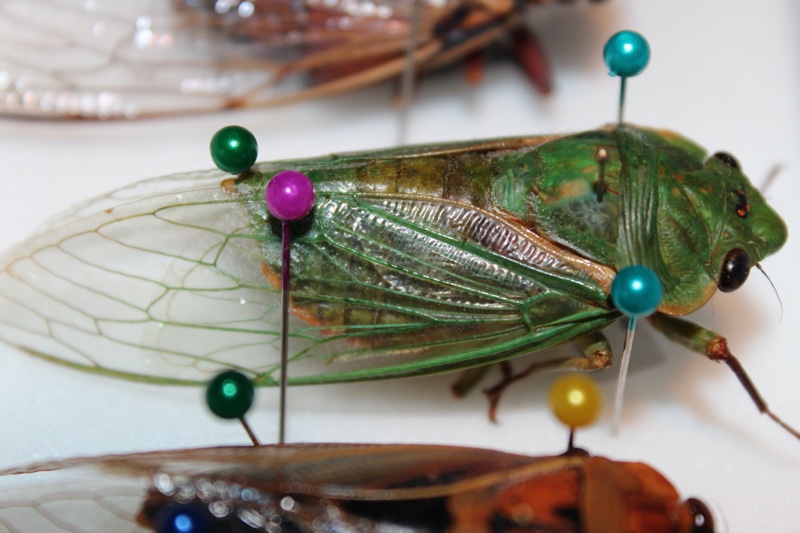 Green Grocer Cicada image by Bron.
Green Grocer Cicada image by Bron.
2024 is shaping up to be a HUGE year for Green Grocer aka Cyclochila australasiae cicadas in Australia. Don’t believe me? Check out this article in the Sydney Morning Herald, watch the sightings pour into iNaturalist, look at the trends in Google Trends, or chat with observers on Cicada Discussion, Science and Study Group.
Looking at data from Google Trends(columns) and iNaturalist(lines), it looks like 2024 will be the best year in over ten years, with 2020, 2017 and 2013 being peak years (but not the biggest). iNaturalist is also a relatively new app/website; my guess is its user base wasn’t big enough until 2019 to compare to Google Trends.
While some Green Grocers appear every year, there is a periodicity at play. With the little data below it would seem there are two 7 year groups: one 2013 to 2020, and one 2017 to 2024. I’m making assumptions.
If my boss fires me tomorrow, I’m headed to Australia.

























